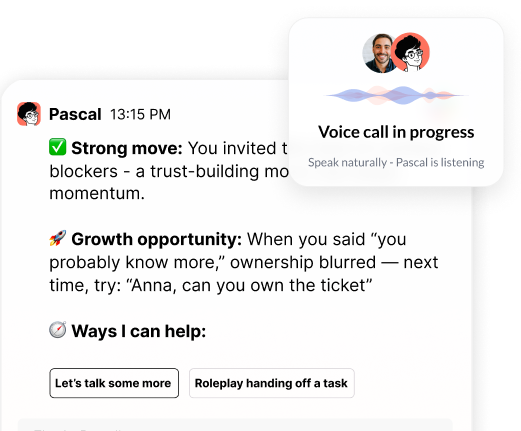Two of AI's most powerful leaders have sparked a fierce debate about the future of work. The disagreement is forcing companies to make critical decisions about talent strategy right now, before they know the outcomes.
Nvidia CEO Jensen Huang and Anthropic CEO Dario Amodei present completely different views on how AI will change employment. Amodei predicts artificial intelligence will eliminate up to 50% of entry-level white-collar jobs, raising unemployment to 20% within five years. Speaking at VivaTech in Paris, Huang dismissed these claims entirely. He said he "pretty much disagree[s] with almost everything" Amodei suggested.
The Nvidia CEO went further. He accused Anthropic of fear-mongering while claiming only they should develop AI technology. "Don't do it in a dark room and tell me it's safe," Huang said, pushing for open, transparent AI development instead.
This divide creates a critical choice for workforce strategists. Companies following Amodei's vision must prepare for massive talent restructuring, and they need to start immediately. HR departments should shift from high-volume graduate recruitment to selective mid-career hiring. They must create aggressive internal mobility programs to promote junior employees quickly before their roles disappear.
Such an approach demands fundamental organizational changes. Companies must flatten hierarchies and eliminate traditional entry-level positions. They need new pathways for experienced professionals to join laterally. Compensation structures require complete overhaul to keep fewer, more valuable employees when career progression accelerates dramatically.
Most critically, HR teams need sophisticated workforce transition programs. This means generous severance packages and retraining initiatives. They must also build knowledge capture systems to preserve institutional wisdom as entire job categories vanish. With fewer employees handling more complex responsibilities, organizations will need to dramatically scale up coaching and management development programs to ensure leaders can effectively guide AI-augmented teams.
Huang's optimistic outlook tells a different story. Organizations embracing his vision should pivot HR strategy toward aggressive reskilling and rapid creation of entirely new job categories that didn't exist five years ago. This approach demands significant investment in continuous learning platforms, AI literacy programs, and hybrid role development where humans work alongside AI systems.
Under this model, HR teams would evolve job descriptions to incorporate AI partnership. They need new performance metrics that evaluate human-AI team effectiveness rather than individual output. The emphasis becomes building organizational agility. Companies create flexible role structures that adapt quickly as AI capabilities advance while maintaining robust talent pipelines. The assumption here? Job creation will outpace job destruction. This strategy requires HR to work closely with technology teams, anticipating new skill requirements and developing talent for roles that may currently exist. Regardless of which path organizations choose, both scenarios demand massive investment in coaching and management development at scale, as leaders must learn to navigate hybrid human-AI teams and entirely new operational models.
Both executives could be partially correct, though. Different industries and functions may experience dramatically different outcomes from AI adoption. The financial sector has already seen significant automation of entry-level analysis roles, while healthcare continues to face persistent talent shortages even as AI tools advance.
One thing is clear: companies cannot wait for consensus before developing workforce strategy. Organizations must determine which vision aligns with their analysis of their specific talent landscape. Then they need to begin implementing responsive measures immediately. This might include creating parallel talent strategies, with one focused on managing contraction in traditional entry points while simultaneously developing new career pathways aligned with emerging AI capabilities.
The disagreement between these tech leaders highlights an important reality. AI's workforce impact will vary dramatically across organizations and sectors. The most successful talent strategies will remain flexible enough to adapt as the actual effects of AI implementation become clearer over the coming years.
.webp)





.png)